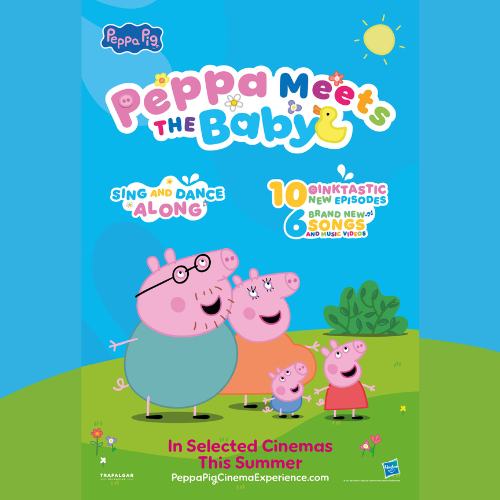Way to Blue’s Alan Twigg highlights some simple rules of engagement for brand owners.
It was great to see the Competition and Markets Authority (CMA) wade into the influencer scene at the end of January and finally threaten to get tough on celebrities and influencers who fail to disclose commercial brand deals on their social channels.
They effectively secured formal commitments from 16 celebrities – with followers running into the many millions – to ensure they will now say clearly if they have been paid or received any gifts or loans of products which they endorse. You do really need to take care as transgressors will be heavily fined or jailed.
When I look at influencer work in toys and retailing, there are other crimes at play. Surely, we can all move on from unboxing videos and create more compelling narratives and creative engagement with kids, families and experts?
Many I spoke to during Toy Fair in London were asking about the next innovation in influencer, but ironically some of them didn’t even have a solid, consistent and long-term influencer strategy to work from.
Sure, there are issues like fake, inflated followers and boosting bots, but as the discipline evolves, so too do the data and insight tools to help you identify and verify the validity and relevance (not just reach) of an influencer.
Tools aside, there’s little excuse for not doing your homework properly. These are not mere endorsements – they are meaningful collaborations. The process of setting up and negotiating good influencer partnerships can take months, so information on their fit is vital. There’s a lot to be said for introducing an influencer to an experience they have not had before and in chasing authenticity, I want influencers who know how to tell a story in a real-life way – not just ‘instaglamming’. Look for the ones who get the story and how to tell it given your brand objectives and backstory, your tonality.
And integrate your influencer work into the broader mix to create a more holistic campaign aligning with events, PR, paid for and seasonal promotions.
Some simple rules of engagement:
- Do your homework and do it properly – look beyond follower numbers to investigate engagement rates, past brand collaborations and fan reactions/sentiment when deciding which influencers to partner with.
- Forget instant gratification – retail marketing is about the long-game; it’s unlikely for a user to see an Instagram post and immediately buy a toy, but when the time comes to buy that birthday or Christmas gift, a user is far more likely to look back on an influencer’s feed to see some of their recent experiences.
- Influencers don’t control their reach – as algorithms continue to impact post reach and make it difficult to predict how far a post will go, it is increasingly important to look at the engagement rates and fan reactions to determine success and relative ROI.
Alan Twigg is global head of consumer brand at Way to Blue. He can be contacted by clicking on this link.

































